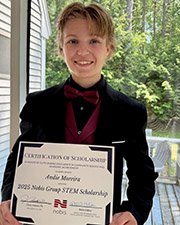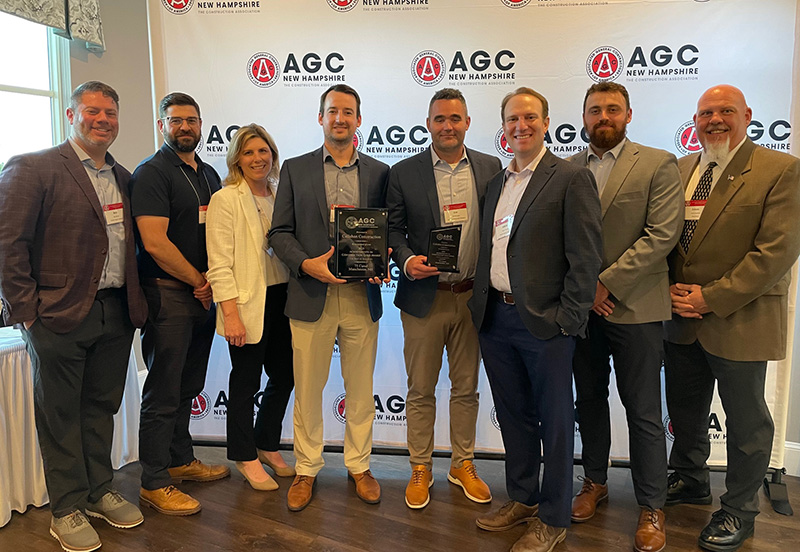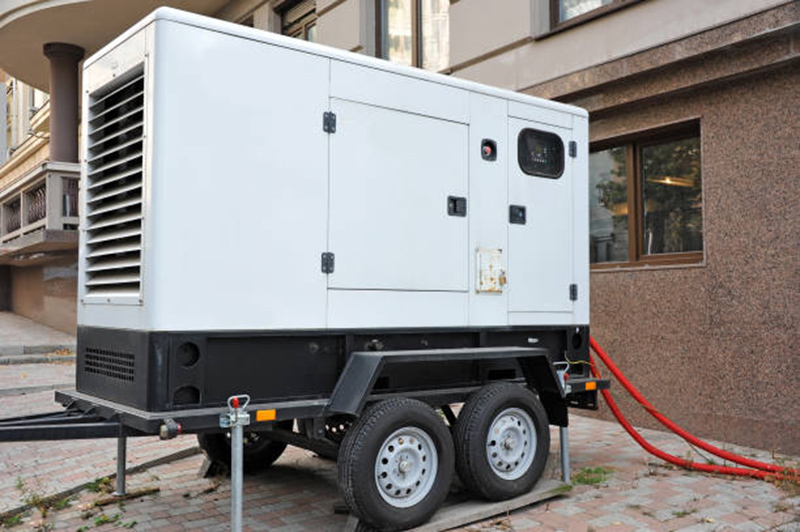News: Construction Design & Engineering
Posted: September 15, 2011
By Peter Brooks - New leak detection technology cuts costs, time and guesswork: Electric Vector Mapping
Want a faster, more accurate and less expensive way to test roofing and waterproofing membranes, one that pinpoints leaks directly so they can be immediately repaired and retested?
Welcome to electric vector mapping (a.k.a. 'EFVM'), a new nondestructive testing technology that is rapidly redefining leak detection and quality assurance in low-slope roofing systems and waterproofing applications. Unlike conventional methods of leak detection, which rely on the interpretation of secondary data, vector mapping detects membrane faults directly. It's ideal for quality verification and warranty assurance, leak testing of conventional and green (vegetative) roofs, and for leak detection in any low-slope roofing system in which the membrane is not electrically conductive and the deck can be electrically grounded. Even pinhole leaks invisible to the naked eye can be pinpointed with vector mapping, so repairs can be made on the spot and immediately retested to ensure watertight results.
Vector mapping locates breaches in roof and waterproofing membranes by tracing the flow of an electric field across the membrane surface. Two methods of vector mapping have been developed. Each offers special advantages in specific situations.
In low voltage vector mapping, the surface of the roof membrane is moistened (not flooded) to create an electrically conductive medium. A conductive wire loop is laid out on the membrane around the area to be tested. One lead from a pulse generator is connected to this wire loop perimeter. The other generator lead is connected to the structural roof deck (metal or concrete). Leaks caused by breaches in the membrane are detected when the electric current flows across the moistened membrane and through the breach to the deck, completing the circuit. The technician uses two probes connected to a receiver to determine the direction of the electric current and precisely locate the breach.
High voltage vector mapping is performed on a dry horizontal or vertical surface using a small current at relatively high voltage for safe and reliable testing. One lead from the portable current generator is grounded to the roof deck (either metal or concrete). The other lead is attached to a special electrode brush made with highly conductive metal bristles. As the technician "sweeps" the brush electrode over the surface of the membrane, electricity will flow through any breach that has allowed water into the roof system. This will complete a circuit between the brush and the deck, causing an alarm to sound. Where there are no breaches, the membrane acts as an insulator and prevents the flow of current to the deck.
Vector mapping replaces the time-consuming guesswork and potential damage of flood testing with a safer, lower cost method that delivers fast and verifiable results. So it's little wonder that more architects and general contractors are specifying vector mapping to assure the quality and performance of newly installed roofing systems. Membrane manufacturers are stipulating vector mapping inspections to more efficiently check the warranty performance of their products in the field. Vector mapping has also become the preferred method for verifying the waterproofing membranes required in green roof systems and plaza decks. Building owners are finding that vector mapping can greatly reduce the time, expense and frustration of locating and resolving roof leaks. Swimming pools, parking garages and other waterproofing applications are also being tested with vector mapping techniques.
Water infiltration has always been one of the building industry's thorniest problems. With vector mapping we finally have an efficient and direct method of locating the leaks. And that can save time, money, and headaches for everybody.
Peter Brooks is principal of Infra-red Analyzers, Williston, VT.
MORE FROM Construction Design & Engineering
Nobis Group awards Robinson and Moreira STEM scholarships
Concord, NH Nobis Group, a 100% employee-owned consulting firm specializing in engineering and environmental solutions across the Northeast, has named the recipients of its 2025 STEM Scholarship: Andie Moreira of

Columns and Thought Leadership

The rise of incubators and co-working spaces: The latest in life sciences - by Matt Combs
In recent years, the life science industry has witnessed a shift in how companies operate and innovate. One of the key driving forces behind this transformation is the emergence of incubators and co-working spaces specifically tailored to meet the unique budget and schedule needs of startups.

The design-build advantage: Integrated interior design solutions - by Parker Snyder
When it comes to corporate interior spaces for both commercial and industrial projects, partnering with a design-build firm with in-house interior design services can offer clients many benefits. Unlike traditional delivery methods where interior designers operate independently from the design and construction teams, often creating a longer project timeline as cost negotiations and revisions ensue

Ask the Electrician: Is summer a prime time for commercial electrical maintenance?
The answer is “Yes!” While January marks the official new year, many businesses view September as a fresh start. This makes summer an ideal time for commercial property owners to schedule long-term electrical maintenance projects.

Careers in Construction Month focus on training and safety - by Joe Camilo
October is Careers in Construction Month, and rarely has it been more consequential. According to our chapter’s national parent organization, the construction industry needs to attract half-a-million new workers in the coming year to meet demand. Addressing that need is a huge job, but we at ABC MA are trying to do our part.







.png)